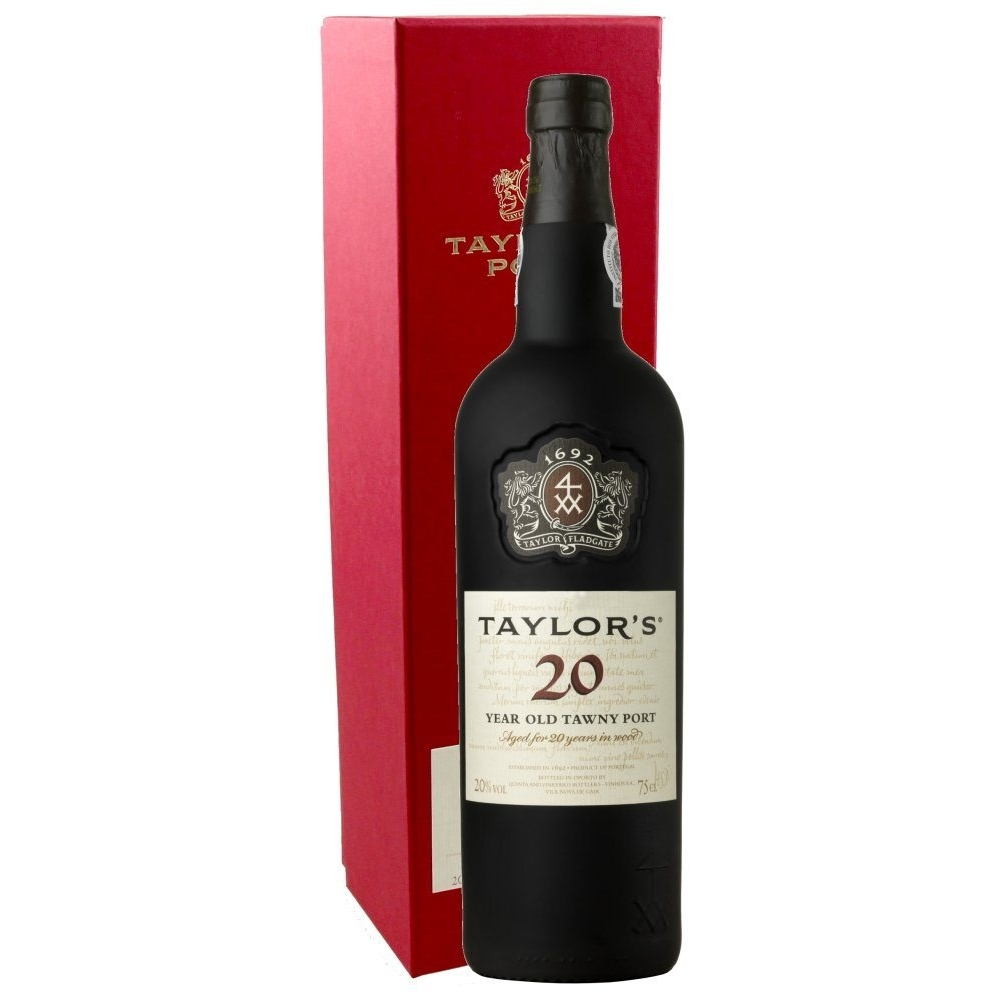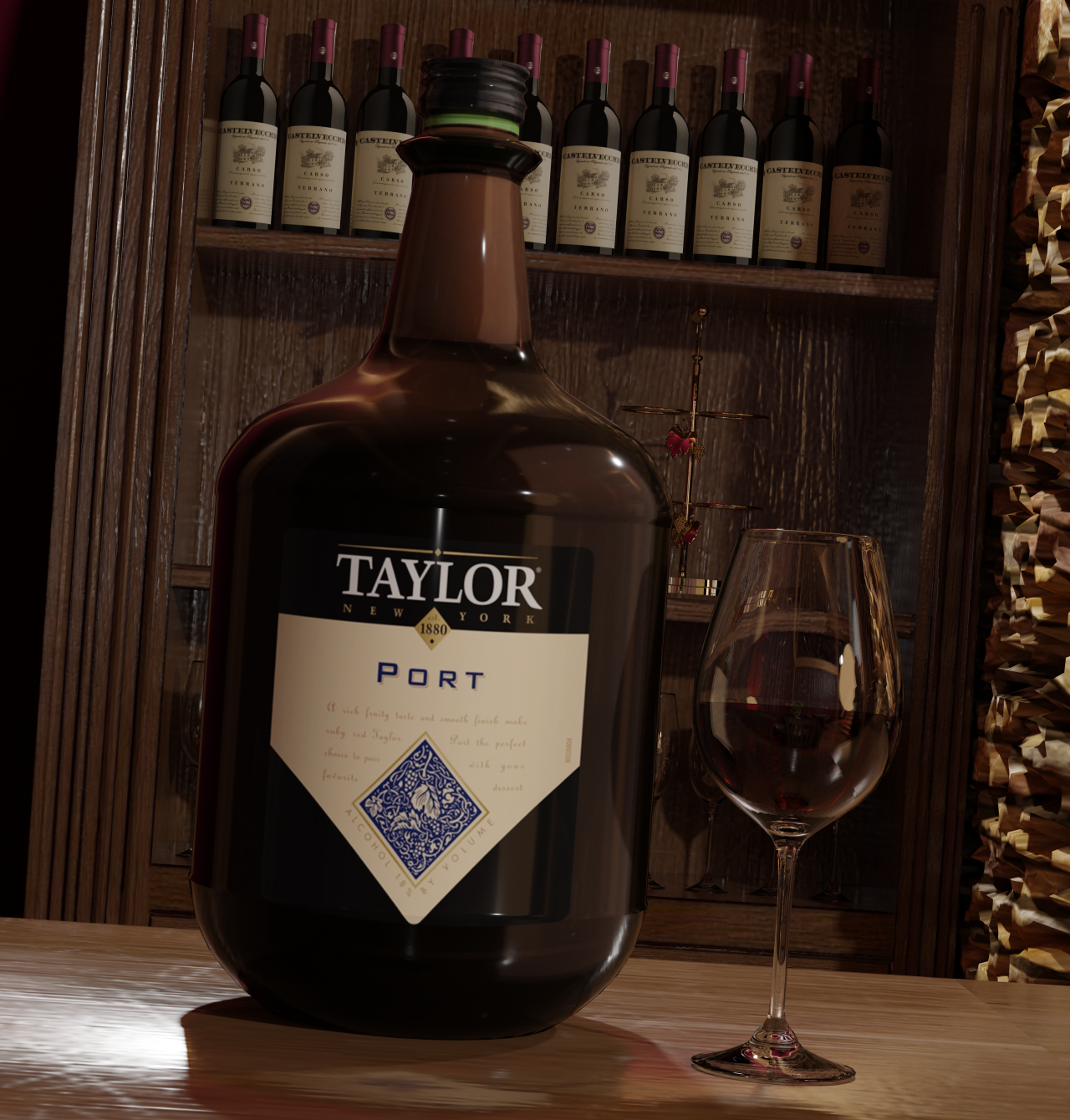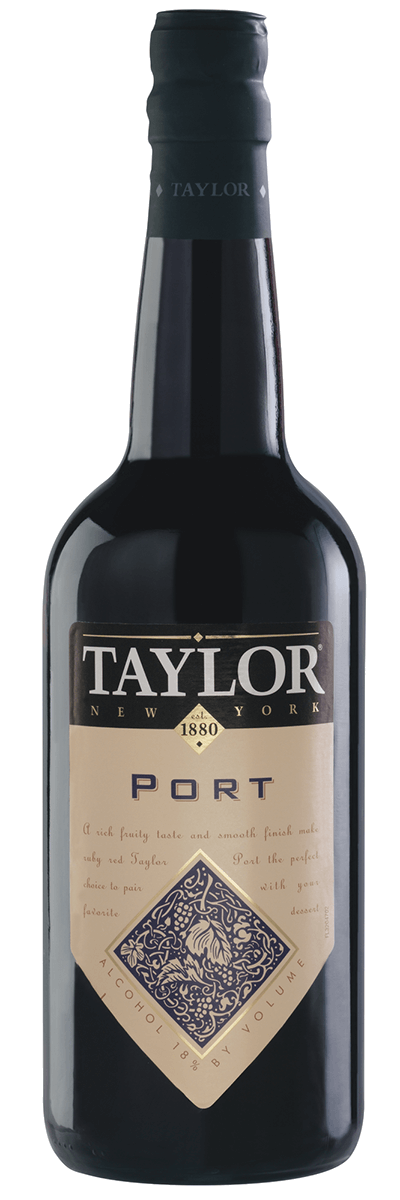

The Taylor’s Port winery is situated on a hill in Vila Nova de Gaia so it isn’t as easy to get to. You can also arrange for private tours via their website. You can purchase tickets at the gate, which is what I did, or buy them in advance online. There’s no schedule so you can come at any time, and it includes two port tastings. For EUR 15, you can tour the facilities with an audio guide (available in twelve languages) at your own pace. Taylor’s Port is a TripAdvisor Certificate of Excellence awardee with a 4.5-star rating and over 2,750 reviews.Īnother reason I chose Taylor’s Port is because of their self-guided audio tours. It’s unfiltered and left to age in bottles, eventually forming a natural sediment or “crust” over time.Īs described, there are many port houses you can choose from in Vila Nova de Gaia but I went with Taylor’s Port because it’s one of the oldest and largest. Vintage port will mature and improve with age for decades and is considered one of the most long-lasting of all wines.ĬRUSTED PORT – Crusted port refers to port made from wines from different seasons. It’s unfiltered and aged in vats for only about two years before being bottled. VINTAGE PORT – The best wine produced in a season is labeled vintage port. WHITE PORT – Made from white grapes, white port is typically aged for 2-3 years in large vats and is available in sweet or dry varieties. TAWNY PORT – Tawny port is aged for longer periods in oak casks, anywhere between 10-40+ years. This includes ruby port (aged for 2-3 years), reserve port (aged for slightly longer), and late bottled vintage port (aged 4-6 years). RED PORT – Full-bodied and fruity, red port is aged for a relatively short amount of time in large oak vats. There are three styles of wood-aged port – red, tawny, and white – and two styles of bottle-aged port – vintage and crusted. All port wine will eventually lose its color but the speed in which it does so is determined by how its aged.ĭepending on the ageing process, port can be classified into two basic types – wood-aged port and bottle-aged port. When left long enough, port wine loses its deep red color and becomes the amber-hued style of port known as tawny. Port aged in wooden casks for example, will mature more rapidly than port kept in bottles. It used to be shipped on the Douro River on special boats called “barcos rabelos”, but all shipments are now done over land.Īlthough port wine is produced in the Douro Valley, it gets its name from Porto because this is where the wine is aged in casks or vats before being blended, bottled, and exported.īecause of its ageing potential, there are many different styles of port. Wine is kept at the winery in the Douro Valley for several months before being shipped to Porto’s Vila Nova de Gaia in the spring of the following year. This is what gives port its distinctive sweetness. The fermentation process is stopped before all the juice has been turned into alcohol, thereby preserving some of the natural sweetness of the grape. About 115 liters of 77% alcohol brandy is added to 435 liters of fermenting wine. When about half of the grape juice’s natural sugars have been turned into alcohol, brandy is poured into the wine to begin the fortification process. The grapes are thoroughly crushed before the fermentation process begins. They’re harvested by hand around mid-September and taken to the winery for crushing.Īfter being inspected and de-stemmed, the grapes are placed in granite treading tanks known as “lagares” where they’re trodden by foot.

The best known varieties include Touriga Francesa, Touriga Nacional, and Tinta Roriz, most of which produce small thick-skinned berries. Port is made from about thirty varieties of grape native to the Douro Valley. The Douro Valley is a protected region with the name “Douro” being an official appellation, so any wines labeled as “port” but produced outside of this region are not true port wines.

This is due to the EU’s Protected Designation of Origin (PDO) guidelines. Though similar styles of wine are produced in other parts of the world, wines need to be produced in Portugal from grapes grown in the Douro Valley to be labeled as “port”.

It’s traditionally served with cheese at the end of Portuguese meals as a dessert wine, though some styles – like white port – can also be enjoyed as an aperitif. Port is typically made from red grapes though it does come in white varieties as well. It’s made by adding brandy to the wine as it ferments, giving it its characteristic sweetness. Port wine, also known as vinho do Porto, is a Portuguese fortified wine produced exclusively from grapes grown in the Douro Valley in northern Portugal.


 0 kommentar(er)
0 kommentar(er)
